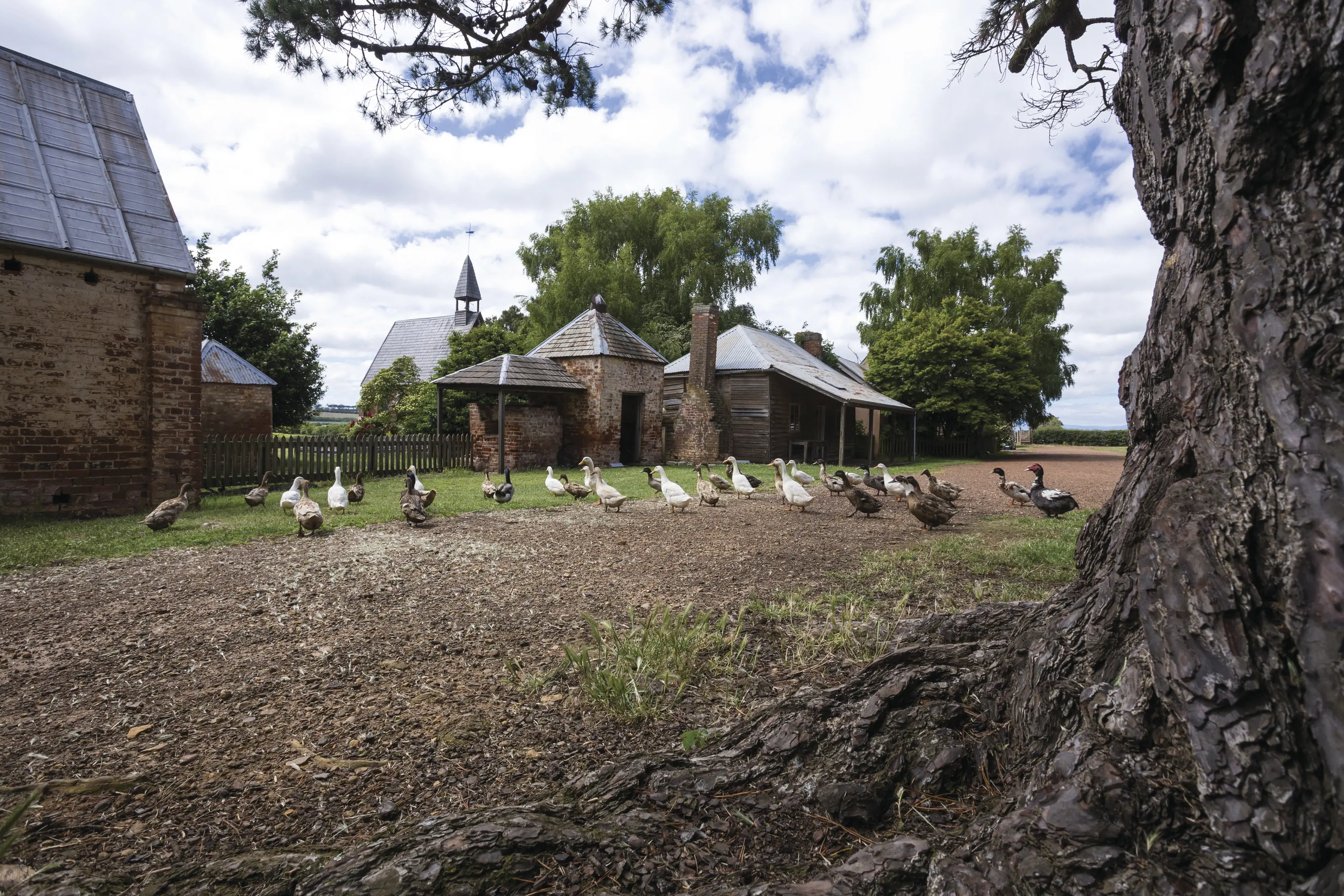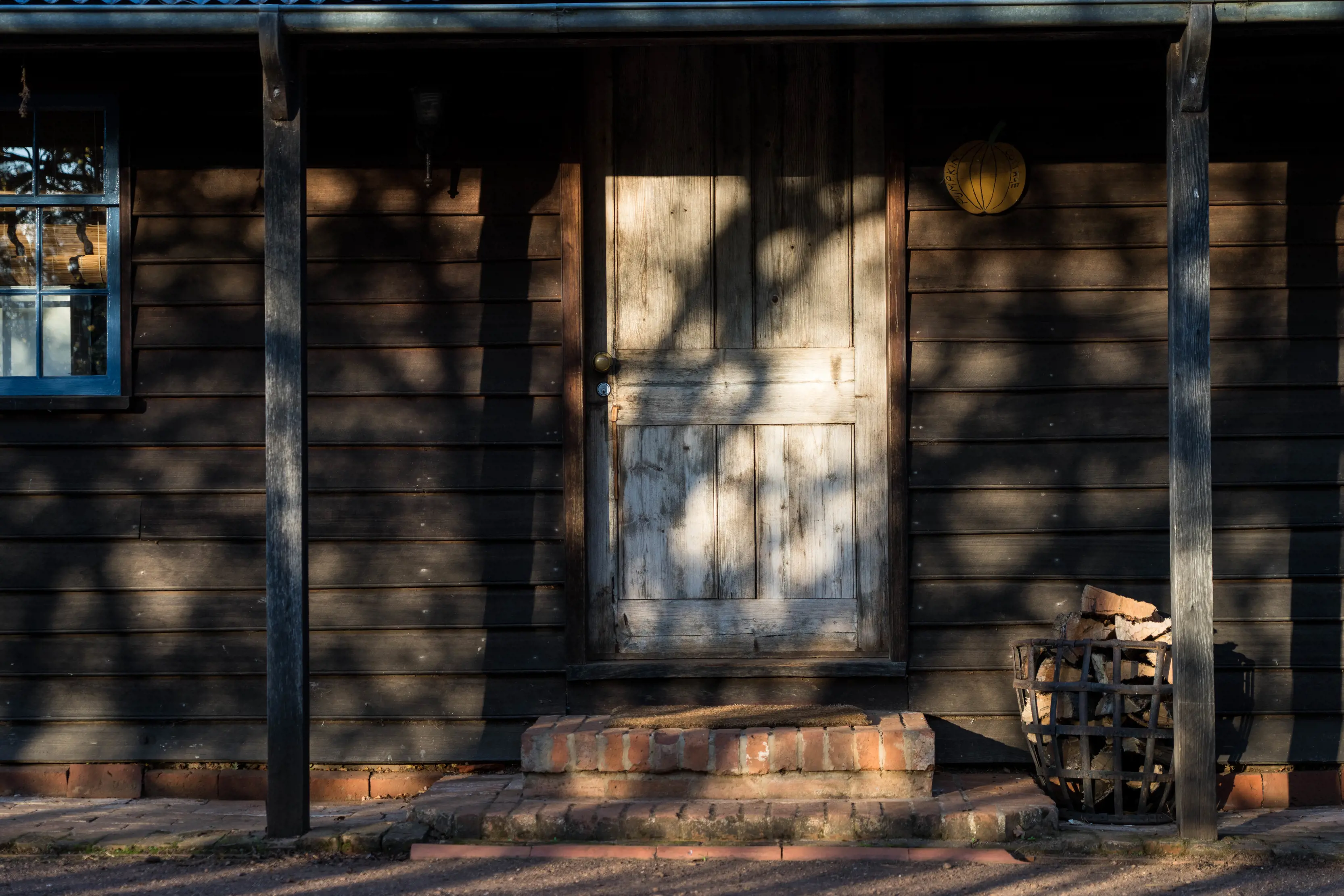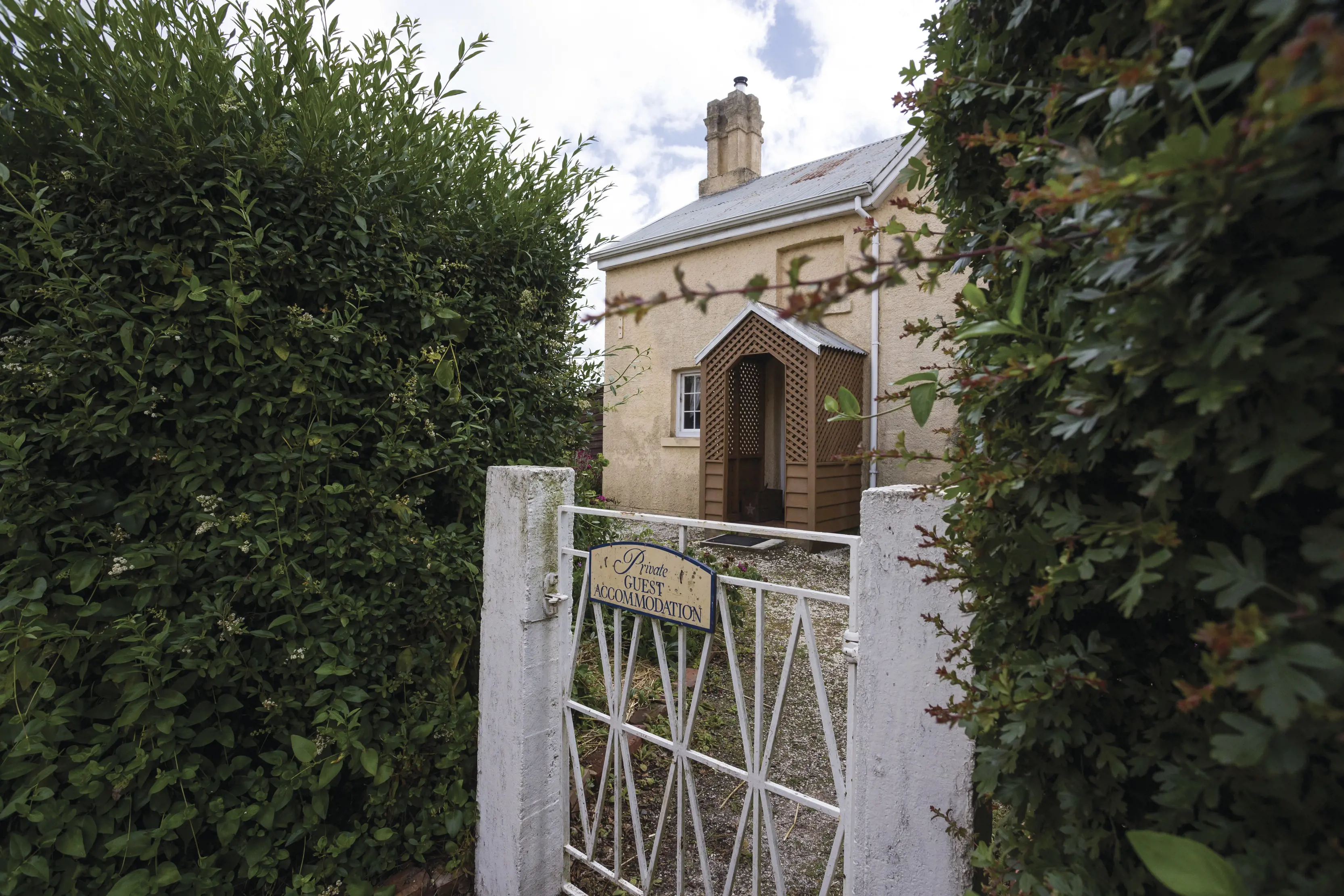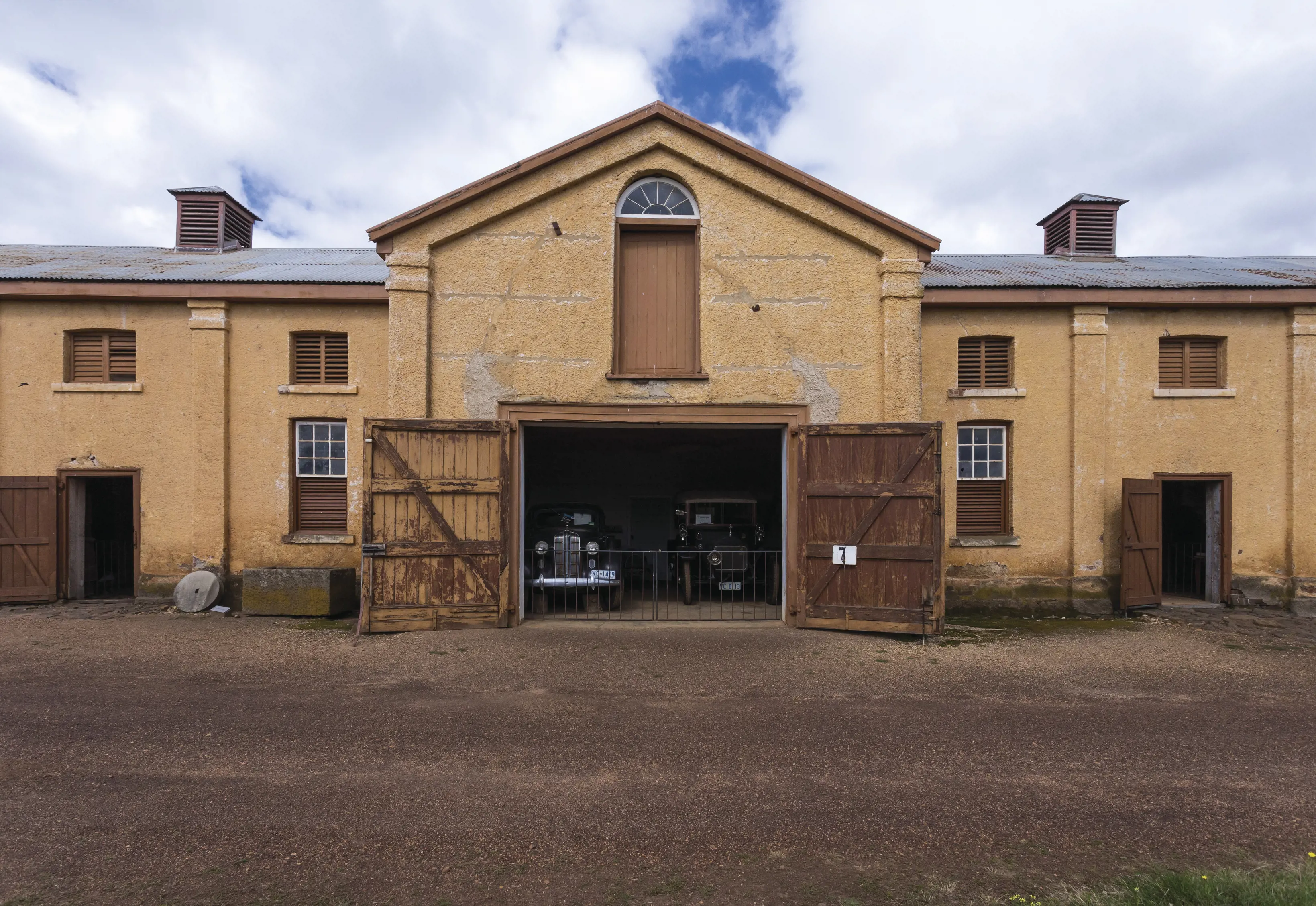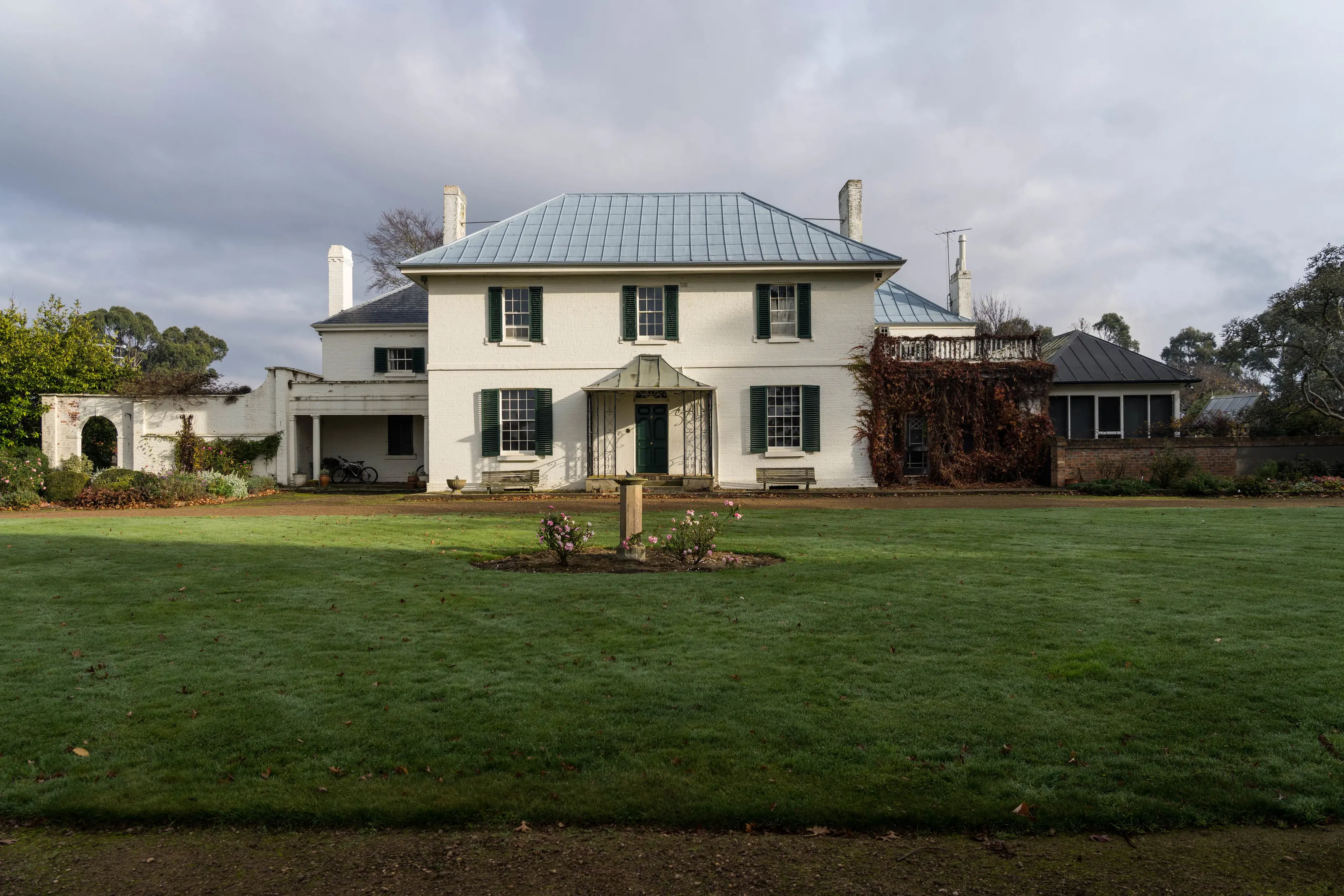
History looms large at two grand Tasmanian farming properties with rich histories.
Sitting side by side with the likes of Port Arthur, Darlington (Maria Island) and Fremantle Prison on the Australian Convict Sites World Heritage listing, the neighbouring properties of Brickendon Estate and Woolmers Estate are the striking legacy of one pioneering family, with a whole lot of help from convict labour.
Archers make their mark
In 1817, little more than a decade after the towns of Hobart and Launceston had been established, the first of four ambitious and entrepreneurial brothers arrived in Van Diemen’s Land.
Hailing from Hereford in England’s south, the Archer siblings became a formidable farming force in northern Tasmania’s Norfolk Plains region, creating vast properties and estates, one of which is still owned and operated by the family today.
Thomas Archer was the first to arrive in the colony and he quickly established Woolmers Estate. Using the labour of convicts and free settlers, he focused on sheep and grazing.
His older brother, William, arrived in 1824 with 77 Merino ewes and three rams, a Norman cow and bull, numerous pigs and two stallions. He was granted 465 hectares nearby, where he established Brickendon Estate, named for a village near his birthplace. He developed it into a mixed enterprise of cropping and livestock.
Seven generations on, William Archer’s descendants still live and work on Brickendon Estate and have opened their property - with its historic farm buildings, cottages and chapel - to visitors.

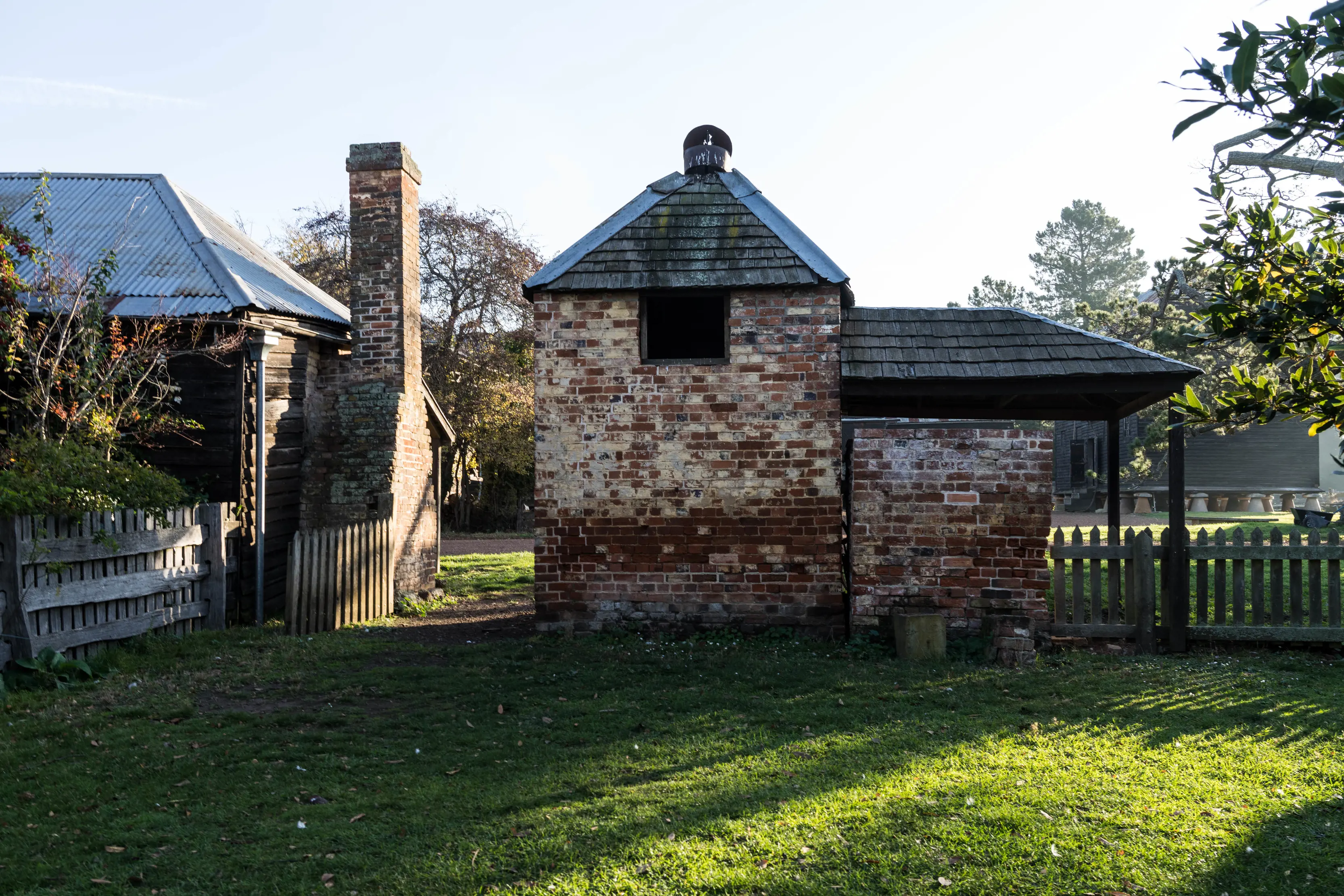
Convict sites
Woolmers Estate and Brickendon Estate together form one of the 11 sites around Australia that make up the Australian Convict Sites World Heritage listing, recognising their historical significance.
During the 1800s, Brickendon employed 45 to 50 men, who worked clearing land, digging drainage and planting hawthorn rows (30km of which still exist) to separate the paddocks.
Wander through Brickendon Estate’s well-preserved farm village featuring a blacksmith’s shop, cookhouse, rodent-proof grain store and more. The Convict Interpretation Centre offers a chance to learn about the assignment convict system and its role in the developing colony.
The private gardens of the Archer family’s graceful Georgian homestead (still home to three generations of the family) are also open to visitors. These gardens were laid out by William Archer in the 1830s and contain one of the most unusual collections of trees found in any private garden in Australia.
At Woolmers Estate, tour the original homestead, which was home to Thomas Archer’s family until 1994. On display are original items of furniture, decorations and all the trappings of 180 years of farming life. It’s a fascinating glimpse into the past – of both a family and the colony that was to become Tasmania.
Be sure to stroll through the 1.5-hectare Rose Garden, which features more than 5000 roses that bloom brilliantly from November to May.
The Convict Farm Walk is an easy 2.8km walk that connects the two properties, crossing the Macquarie River on a suspension bridge.
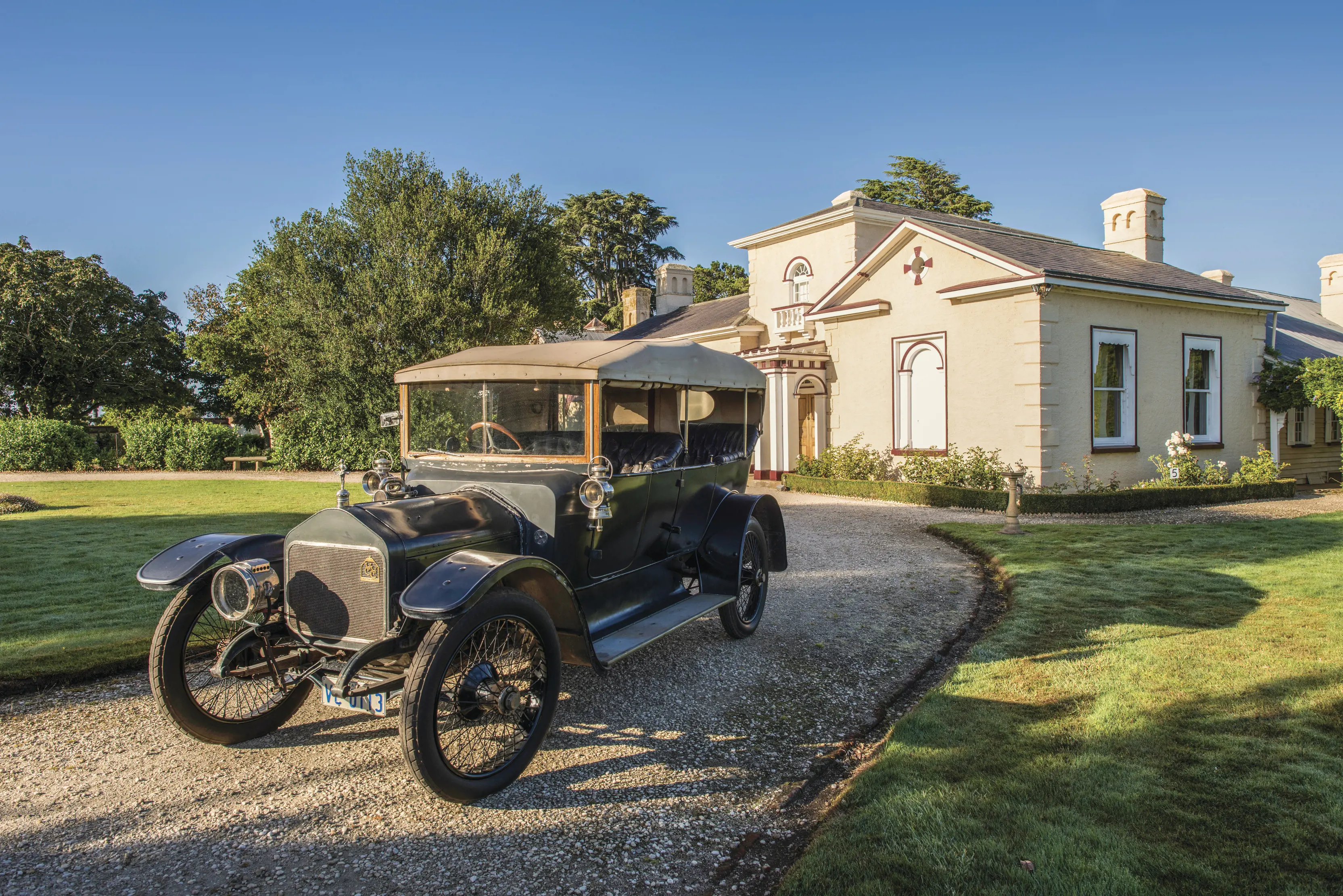
Need to know
Brickendon Estate and Woolmers Estate are located on the outskirts of Longford, a 20min drive (22km) south of Launceston. Woolmers Estate runs guided tours (bookings recommended) of the house, with self-guided tours of other areas of the property also available. Brickendon Estate has more than 20 heritage buildings to explore in its farm village.
Travellers can stay in rustic farm cottages, including a trio of original convict-built cottages at Brickendon Estate, and in modernised convict-built cottages at Woolmers Estate.
